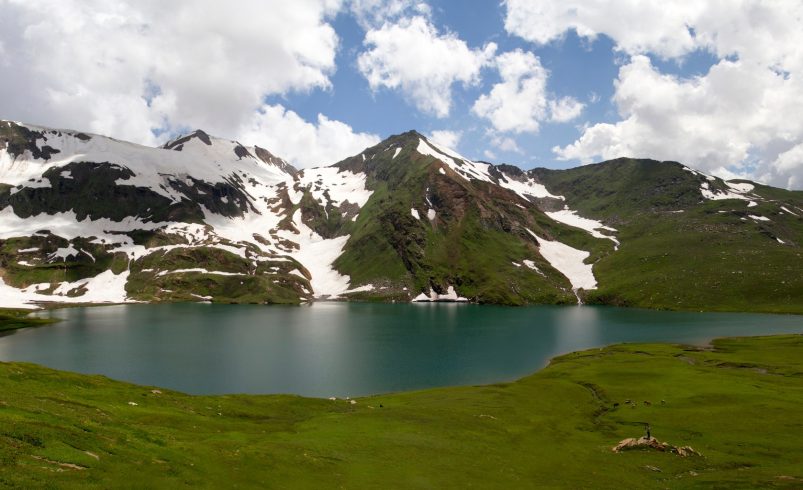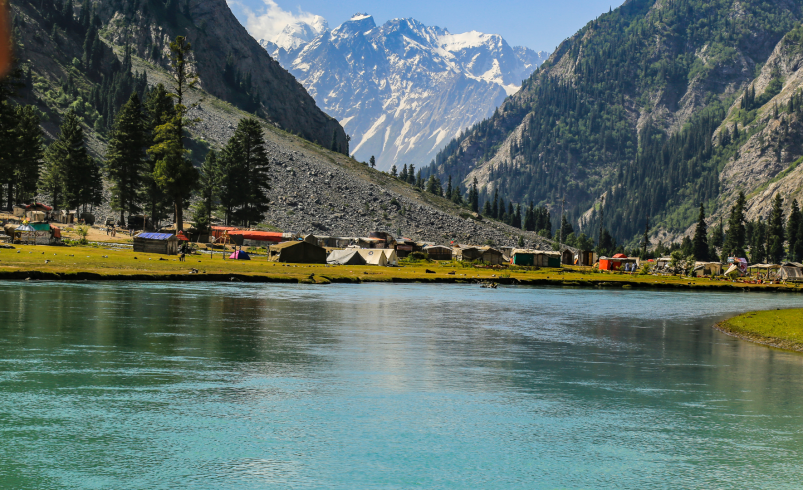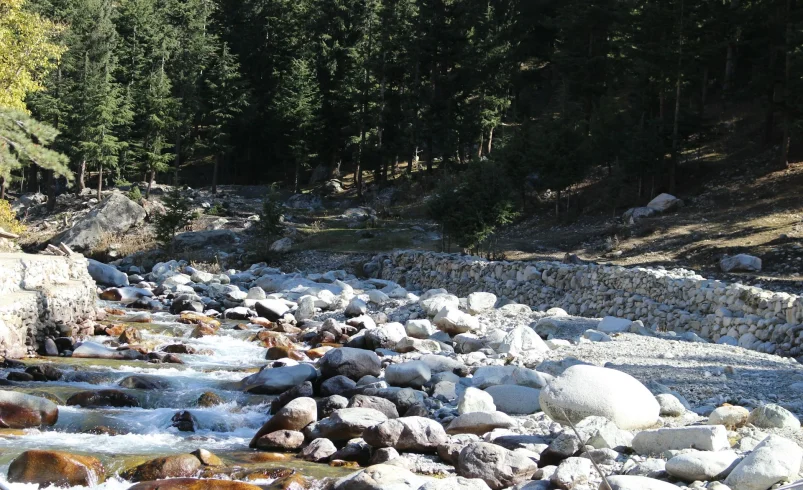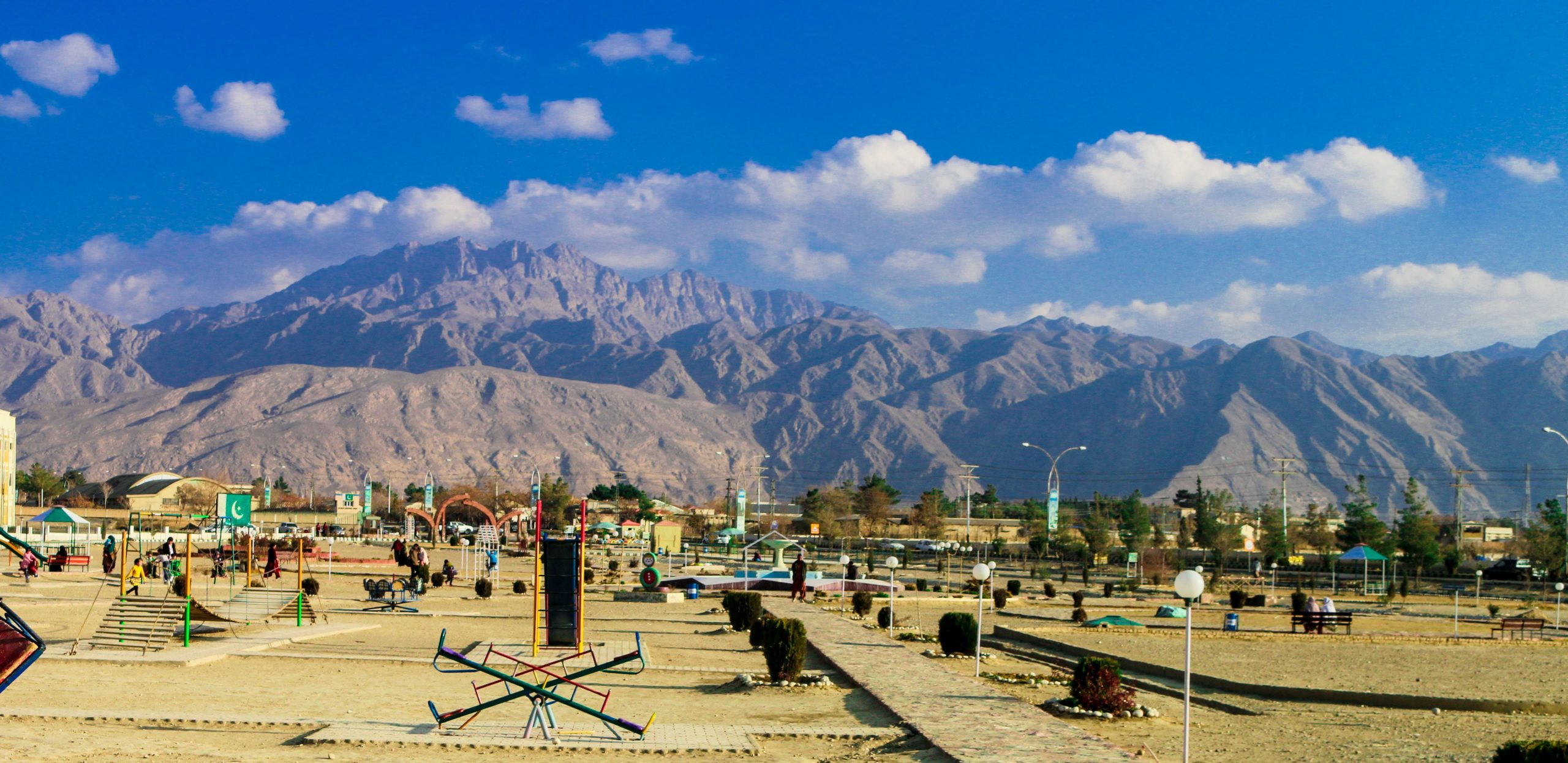
- May 3, 2025
🏔️ Introduction
Nestled in the heart of the Kaghan Valley, Dudipatsar Lake, often referred to as the Queen of Lakes, is a breathtaking alpine lake surrounded by snow-capped peaks and lush meadows. Located at an elevation of approximately 3,800 meters, its crystal-clear waters reflect the sky, creating a mesmerizing mirror effect.
🌿 Why Visit Dudipatsar Lake?
- Pristine Beauty: The lake’s name, derived from local words meaning “white lake,” reflects the snow-covered mountains that encircle it. The crystal-clear waters mirror the surrounding peaks, creating a picturesque landscape
- Rich Biodiversity: The area is home to diverse wildlife, including marmots and various bird species, offering nature lovers a chance to observe fauna in their natural habitat.
- Serene Environment: Being off the typical tourist trail, Dudipatsar provides a tranquil setting, perfect for those seeking solitude and a break from bustling city life.
🧭 How to Reach Dudipatsar Lake
🚗 Route Overview
- Starting Point: Naran
- Drive to Besal: Approximately 2 hours by jeep
- Trek to Dudipatsar Lake: 18 km trek from Besal
🥾 Trekking to Dudipatsar Lake
- Starting Point: The trek begins at Besal, a village accessible by a 2-hour drive from Naran.
- Trail Details:
- Distance: Approximately 18 km (11 miles) one way.
- Elevation Gain: Around 640 meters (2,100 feet).
- Duration: 6 to 10 hours to ascend, depending on fitness levels.
- Difficulty: Moderate; suitable for hikers with some experience.
- Camping: Most trekkers camp overnight at Mulla ki Basti, located about 2 km before the lake, to acclimatize and rest before the final ascent.
📅 Best Time to Visit Dudipatsar Lake
Dudipatsar Lake remains inaccessible for most of the year due to its high altitude and harsh climate. However, for travelers who plan carefully, a visit during the right window can be an unforgettable experience.
🗓️ Visiting Season: Mid-June to Early September
The best time to visit Dudipatsar Lake is between mid-June and early September. This short window offers the ideal conditions for trekking, photography, and soaking in the lake’s beauty.
🌸 June (Mid to Late)
- Trail Status: Snow begins to melt, making the Dudipatsar trek accessible.
- Weather: Daytime temperatures are mild (10–18°C); nights can be chilly.
- Landscape: Meadows start turning green, with early wildflowers blooming.
- Trekking Note: Some snow patches may still exist on the trail, so waterproof shoes and trekking poles are recommended.
🌼 July (Peak Season)
- Weather: Ideal weather conditions with clear skies and comfortable temperatures (12–22°C).
- Lake Condition: The lake is fully melted, showcasing its iconic turquoise-blue color.
- Flora & Fauna: Wildflowers are in full bloom, and wildlife sightings (e.g., marmots, snowcocks) are more likely.
- Tourist Activity: Most local and international tourists visit during this month.
🌻 August (Late Summer)
- Weather: Still favorable, though monsoon rains can cause occasional landslides in surrounding areas.
- Trekking Conditions: Trails remain stable; however, it’s wise to check weather forecasts.
- Photography: Stunning reflections on the lake with lush green surroundings—perfect for drone or DSLR shoots.
🍂 Early September (Season Close)
- Weather: Slightly cooler; nights begin to get colder.
- Crowds: Fewer tourists, offering a peaceful experience.
- Trekking Risk: Snow may start to fall again by mid-September, making the trail slippery and dangerous.
❄️ Avoid Visiting in These Months
- October to May: The area remains snow-covered and inaccessible due to harsh weather, deep snow, and closed roads to Besal (trek base).
- Winter: Sub-zero temperatures and whiteout conditions make it unsafe.
🧳 Essential Tips
- Gear Up: Wear sturdy hiking boots and carry warm clothing, as temperatures can drop significantly, especially at night.
- Stay Hydrated: Bring sufficient water and snacks to maintain energy levels during the trek.
- Hire a Guide: Local guides are available at Besal and can enhance your trekking experience with their knowledge of the area.
- Respect Nature: Ensure you leave no trace; carry back all waste and avoid disturbing the natural habitat.
📝 Seasonal Travel Tips
- Check trail conditions before your trip with local authorities or tour guides.
- Avoid weekends in July to escape crowds if you’re seeking a peaceful experience.
- Start your trek early in the day to avoid afternoon showers and complete it in daylight.
- Pack for variable weather—layers, raincoat, gloves, and sun protection are all essential.
🌿 Flora and Fauna
The Lulusar-Dudipatsar National Park is home to diverse wildlife, including:
- Mammals: Snow leopards, Himalayan brown bears, marmots, and ibexes
- Birds: Himalayan snowcock, snow partridge, and various migratory species
- Plants: Rare alpine flowers and medicinal herbs .
🏕️ Accommodation and Facilities
While there are no hotels near Dudipatsar Lake, trekkers can camp at Mulla ki Basti or near the lake itself. It’s advisable to carry tents, sleeping bags, and sufficient food supplies. Local guides and mule services are available at Besal to assist with the trek .
❓ FAQs
🔍 How challenging is the trek to Dudipatsar Lake?
The trek is moderately challenging, suitable for individuals with a reasonable fitness level. It involves river crossings and steep sections, so proper preparation is essential .
🧒 Is it safe to visit with children?
While the trek is safe, it’s not recommended for young children due to its length and difficulty. Families with older children who are experienced hikers may consider it.
🎣 Can I fish in the lake?
Fishing is not commonly practiced in Dudipatsar Lake, and visitors are encouraged to preserve the natural ecosystem by refraining from such activities.
🏨 Are there any facilities near the lake?
Facilities are limited near Dudipatsar Lake, with basic camping options available at Mulla ki Basti. Trekkers should be self-sufficient and carry necessary supplies .
🕒 How long does the trek take?
The trek to Dudipatsar Lake typically takes 6-10 hours from Besal, depending on individual pace and weather conditions .
🧭 Conclusion
Dudipatsar Lake stands as a testament to Pakistan’s natural beauty, offering serene landscapes, rich biodiversity, and cultural significance. Whether you’re an avid trekker or a nature enthusiast, this alpine gem provides an unforgettable experience. Proper planning, respect for local customs, and environmental consciousness will ensure a rewarding journey to this hidden treasure of the Kaghan Valley.






